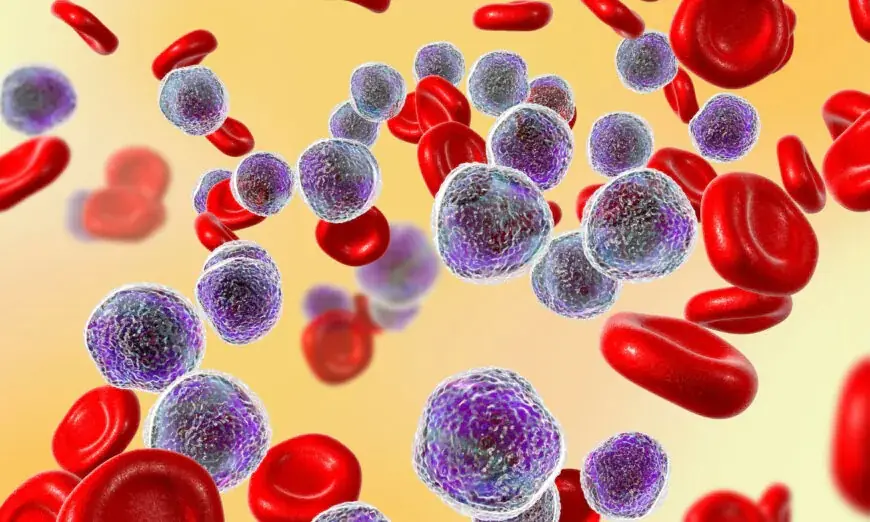
Signs of Stroke Everyone Should Know
Stroke is one of the leading causes of death and long-term disability worldwide. It occurs when the blood supply to a part of the brain is interrupted or reduced, preventing brain tissue from getting the oxygen and nutrients it needs. When brain cells are deprived of oxygen, they begin to die within minutes. Because of this, early recognition and immediate treatment are crucial to minimize damage and improve chances of recovery. Understanding the warning signs of a stroke can literally save lives.
One of the most widely used tools to recognize a stroke is the acronym FAST, which stands for Face, Arms, Speech, and Time. These four signs are often the first and most noticeable symptoms.
-
Face drooping: One side of the face may droop or feel numb. If the person tries to smile, the smile may appear uneven or lopsided.
-
Arm weakness: The person may experience sudden weakness or numbness in one arm. Ask them to raise both arms — if one arm drifts downward, it could be a sign of stroke.
-
Speech difficulty: Speech may become slurred or strange. The person may have trouble speaking or understanding others. Try asking them to repeat a simple sentence — if they can’t do it clearly, it’s a warning sign.
-
Time to call emergency services: If someone shows any of these symptoms, even if they go away, call emergency services immediately. Time is critical in stroke treatment.
In addition to the FAST symptoms, there are other important warning signs to be aware of:
-
Sudden confusion or trouble understanding what people are saying.
-
Sudden trouble seeing in one or both eyes — this may include blurred or double vision.
-
Sudden trouble walking, dizziness, loss of balance or coordination.
-
Sudden severe headache with no known cause — this is more common in hemorrhagic strokes and can come on rapidly.
It's important to note that stroke symptoms can vary depending on which part of the brain is affected. Some people may experience only mild weakness or temporary confusion, which can easily be mistaken for fatigue or stress. Others might collapse suddenly with no warning. This unpredictability is why it's essential for everyone — not just healthcare professionals — to be familiar with the key signs.
Certain groups of people are at higher risk of stroke, including older adults, those with high blood pressure, diabetes, high cholesterol, heart disease, or a family history of stroke. However, strokes can happen to anyone, including young adults and even children. Lifestyle choices such as smoking, lack of exercise, and poor diet can also increase the risk.
In conclusion, recognizing the signs of stroke is a responsibility we all share. When it comes to stroke, every minute counts. Fast action can mean the difference between recovery and permanent disability — or even death. If you or someone around you shows any symptoms, don’t wait. Call emergency services immediately. You might just save a life — including your own.
News in the same category

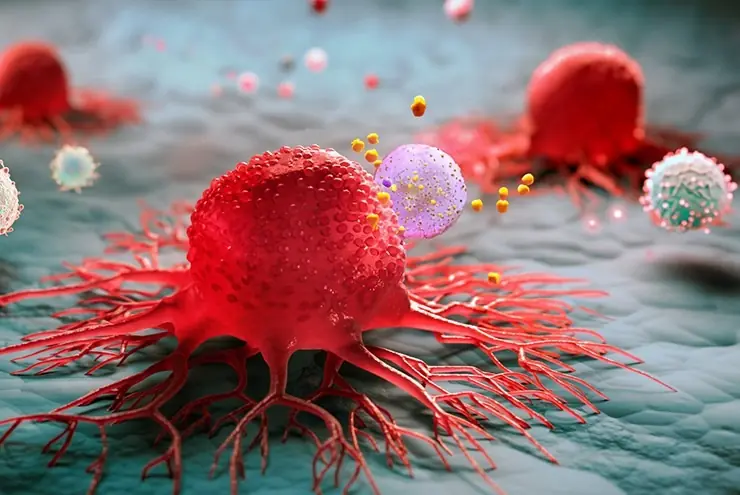
Warning Signs in Bowel Movements Indicating Possible Colorectal Cancer — When to See a Doctor Immediately
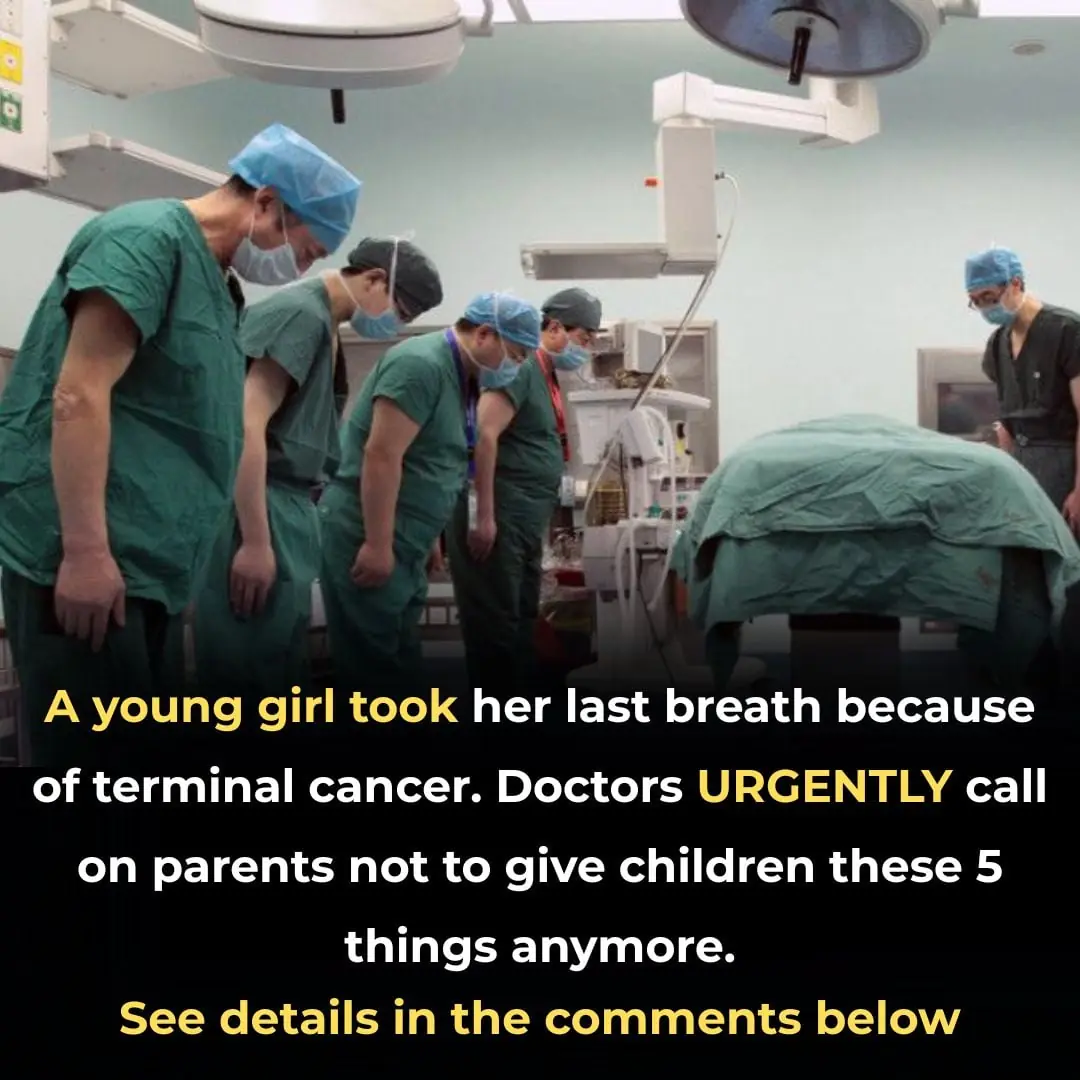
5-Year-Old Girl Dies from Late-Stage Cancer — A Wake-Up Call for All Parents

If Your Tongue Is Yellow, Be Cautious of These 5 Diseases
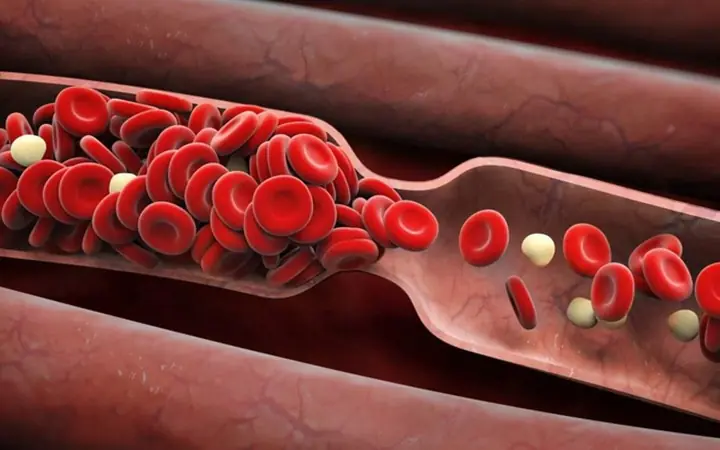
The Main Cause of Blood Clots Discovered – 10 Times Worse Than Fat!
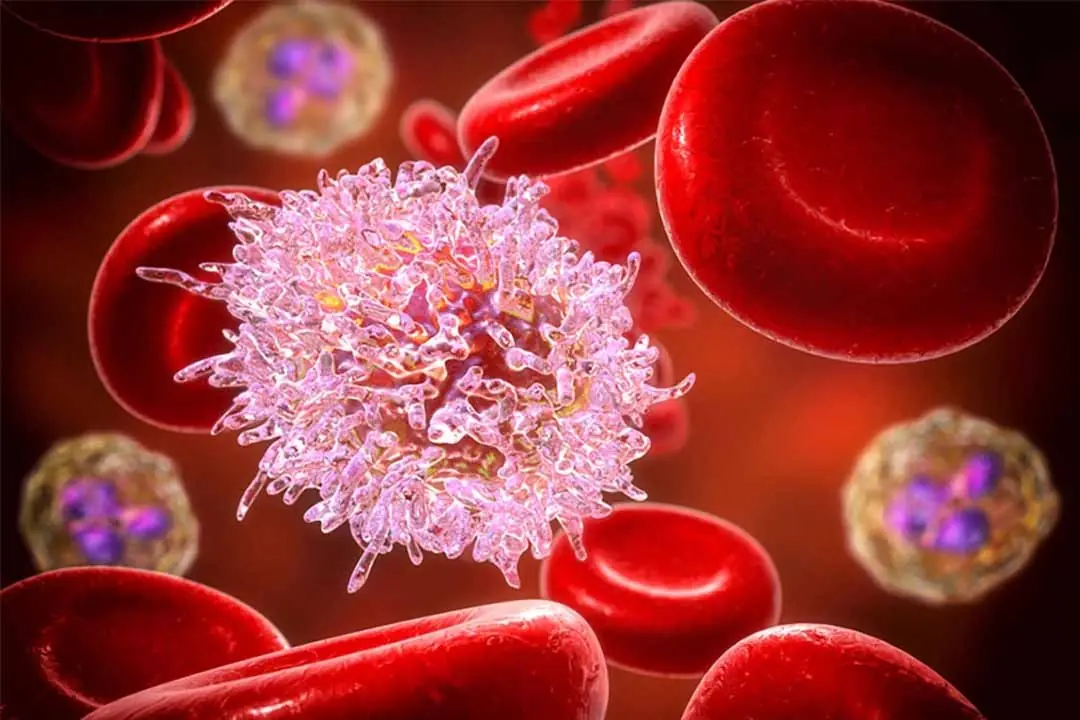
The Leading Cause of Liver Cancer Discovered – 10 Times Deadlier Than Alcohol and Tobacco: The Culprit is 'It
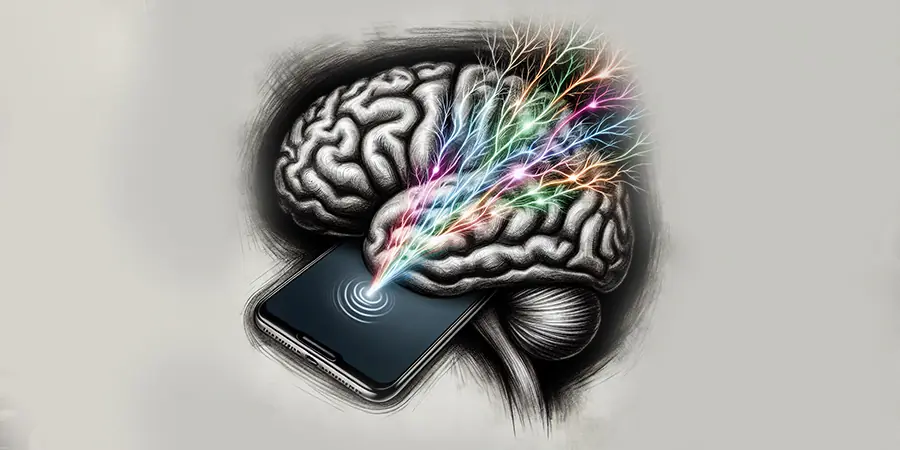
Unplug to Rewire: Just 72 Hours Without a Smartphone Can Change Your Brain
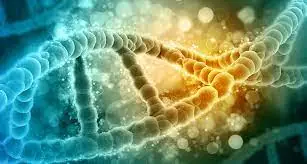
CRISPR Breakthrough: Scientists Successfully Remove Extra Chromosome in Down Syndrome Cells
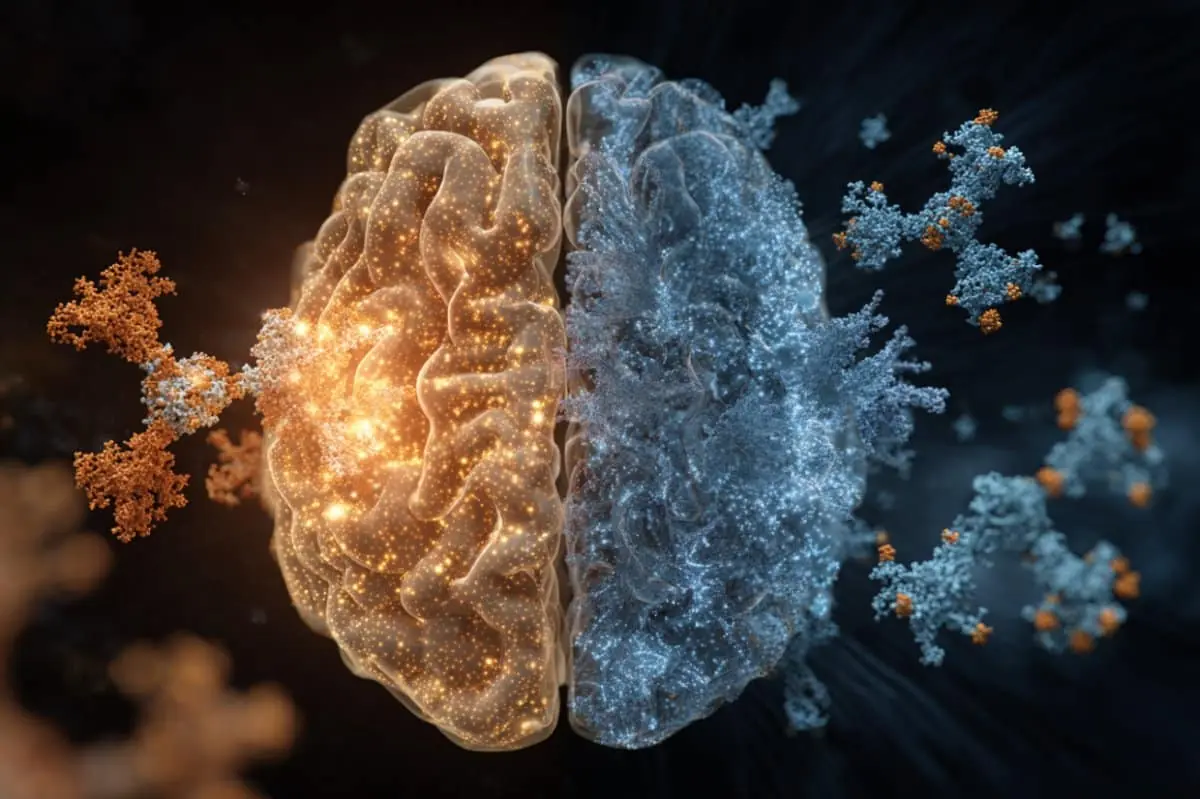
Alzheimer's Breakthrough: Key Protein Found in High Levels in Newborns, Offering Hope for New Treatments
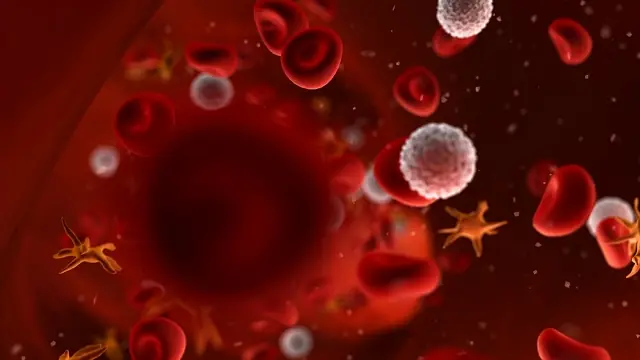
Trojan Horse Therapy: Scientists Engineer Virus to Make Tumors Self-Destruct

Walk Your Way to a Lower Cancer Risk: Just 7,000 Steps a Day Can Make a Difference
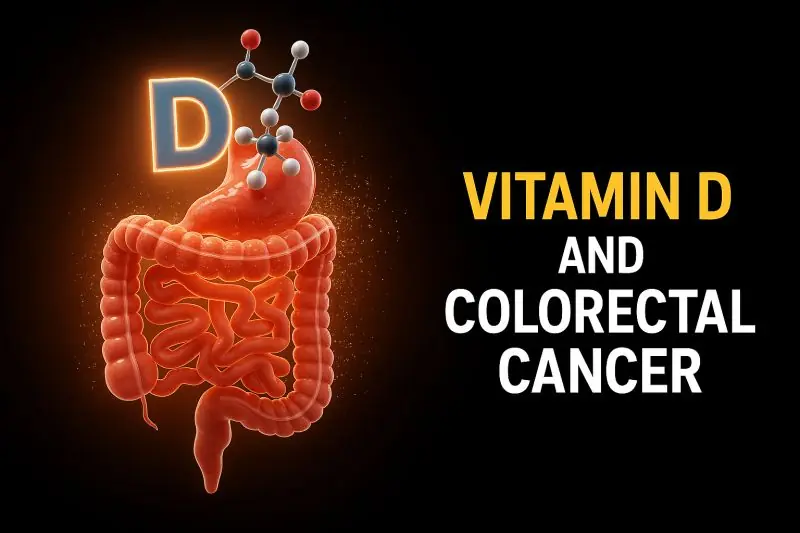
The Sunshine Vitamin's Secret Weapon: How Vitamin D Fights Colorectal Cancer
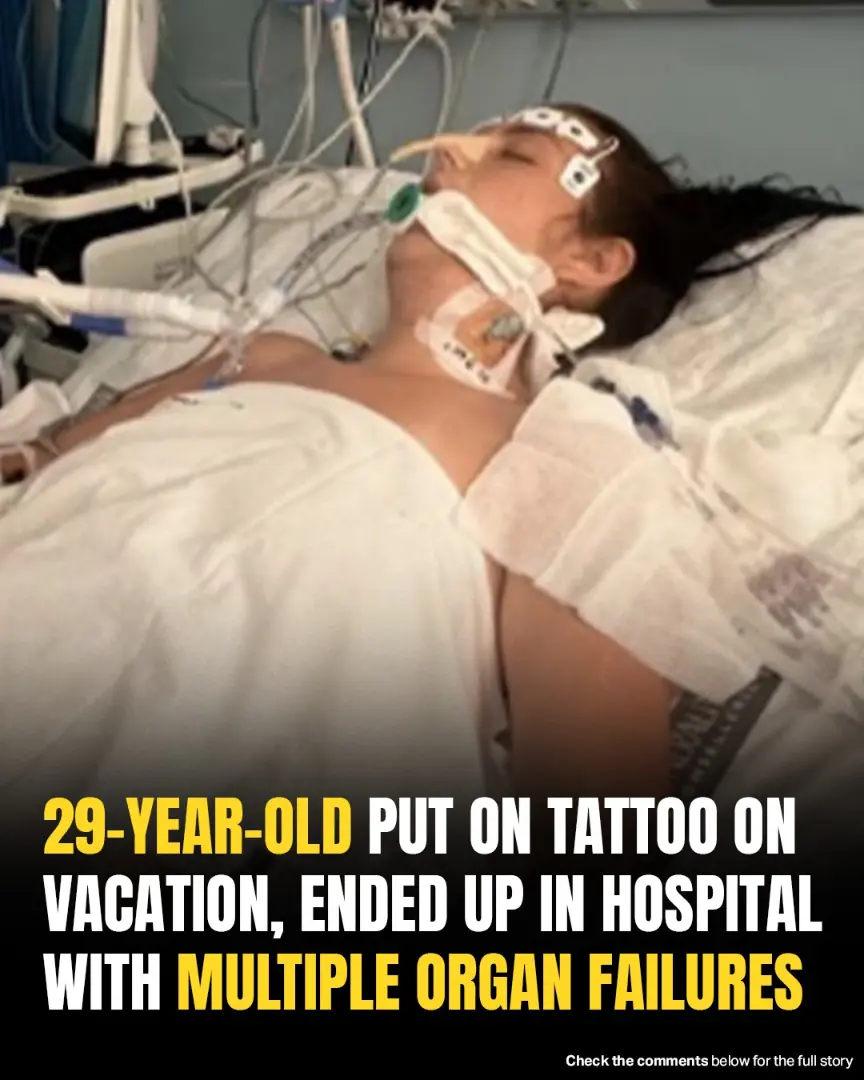
Woman, 29, Falls Into Coma After Tattoo During Bachelorette Trip To Spain
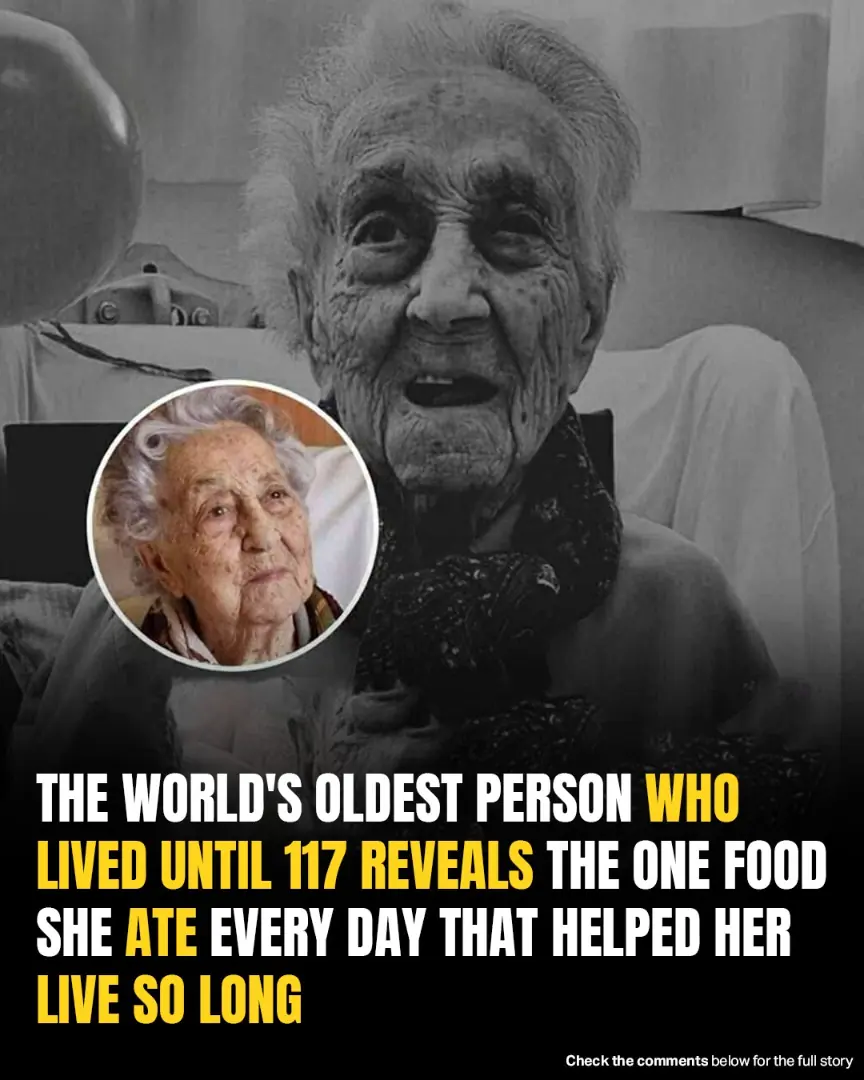
World’s Oldest Woman, 117, Reveals The One Food Behind Her Long Life
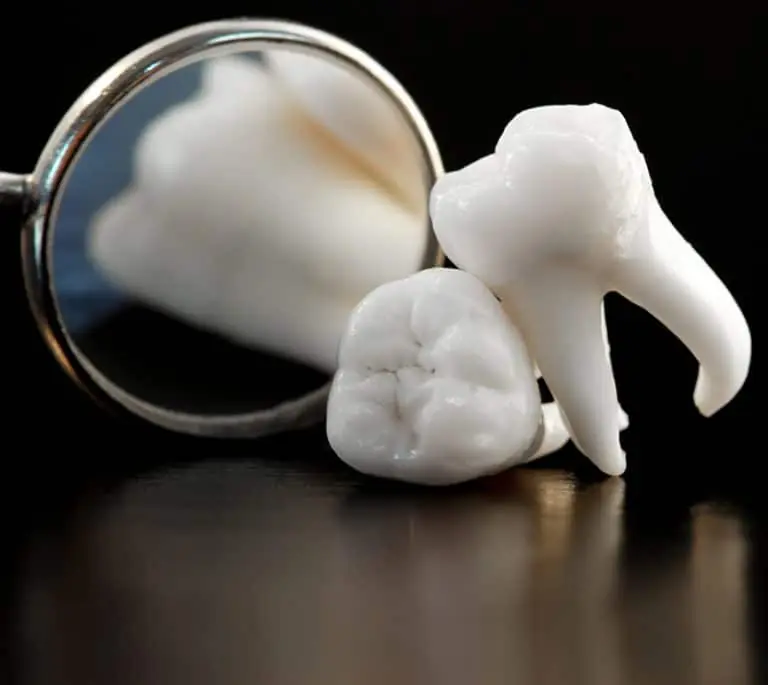
Medical Gold: Why Your Wisdom Teeth Might Hold the Key to Future Cures
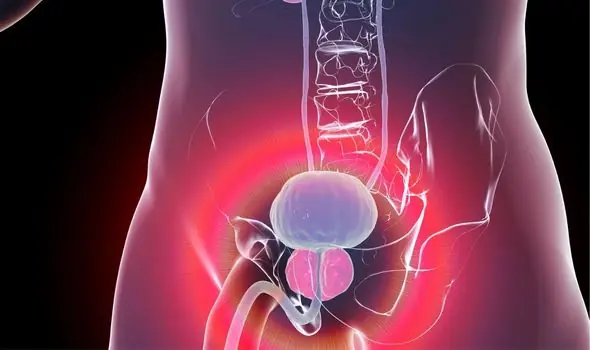
Prostate Cancer: Warning Signs and Symptoms You Shouldn't Ignore
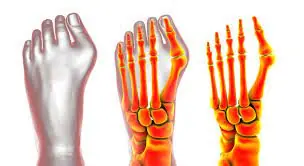
Ditch the Knife: Effective Non-Surgical Treatments for Bunion Pain Relief
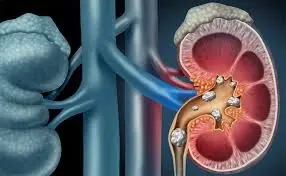
5 Drinks That Can Help Dissolve Kidney Stones and Aid Easy Elimination
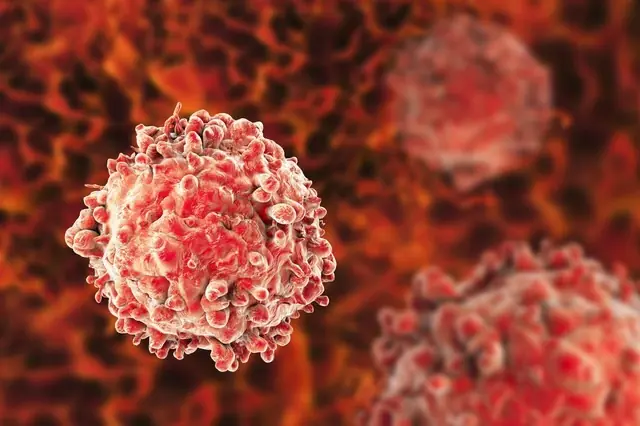
People with Cancer Often Share 8 Morning Signs—Especially Clear After Age 40
News Post

Study Reveals How Smudging Does A Lot More Than ‘Clear Evil Spirits’

How Salt and Vinegar Can Help Improve the Air Quality at Home

15 Years Cancer-Free: A Japanese Doctor Shares 5 Simple Secrets to Keep Malignant Cells from Returning

Warning Signs in Bowel Movements Indicating Possible Colorectal Cancer — When to See a Doctor Immediately

Scientists Invent Ultra-Thin Material That Hardens Like Diamond to Stop Bullets

Shocking Footage Shows Massive Golden Eagle Trying To Fly Off With 8-Year-Old Girl
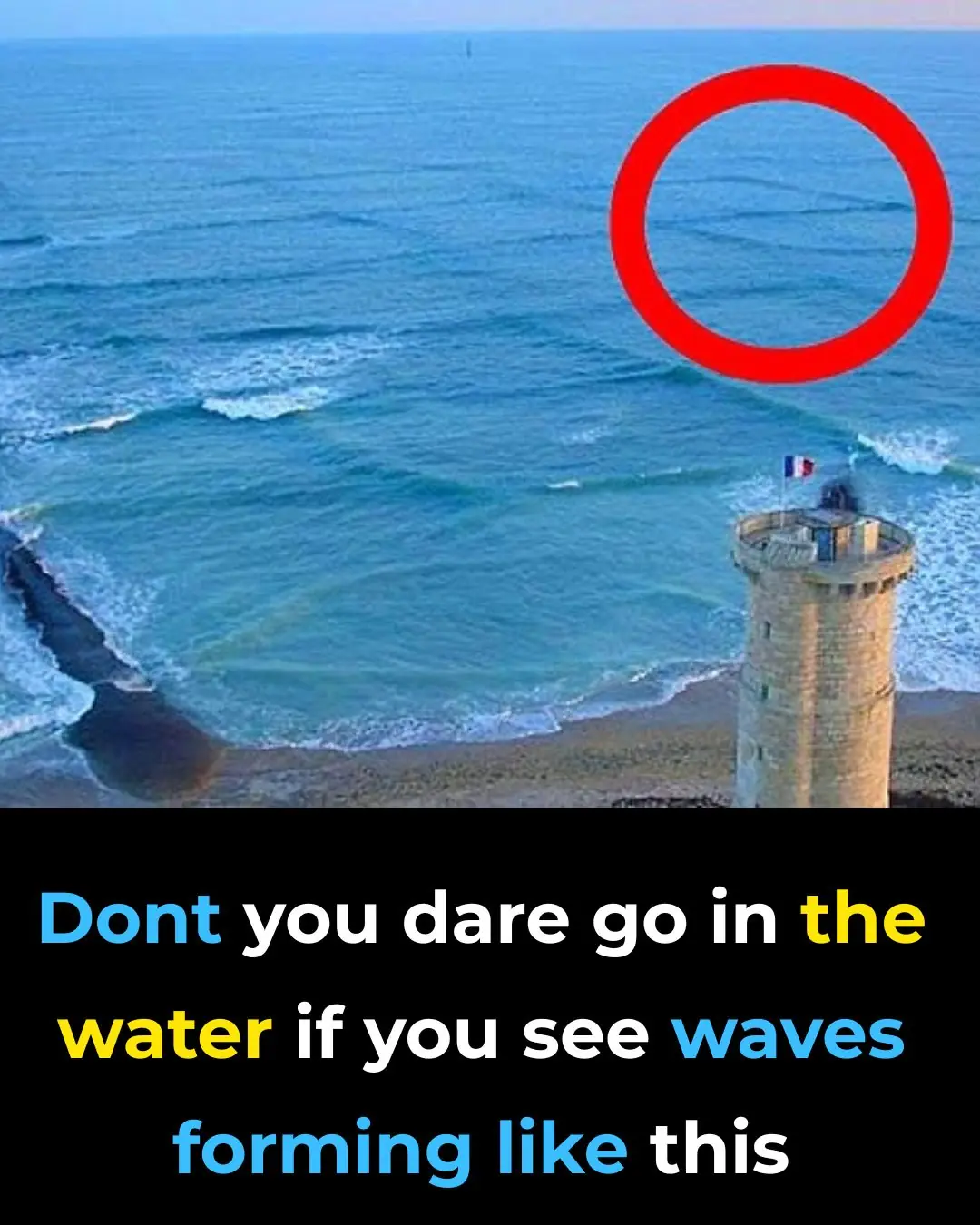
If You See Square Waves Forming In The Ocean, Get Out Of The Water Immediately

Chlorophyll Water Recipe: A Natural Elixir for Wrinkle-Free, Glowing Skin at Any Age
Make this chlorophyll water a part of your daily skincare routine, and watch your skin transform.

DIY Korean Rice Face Cream: A Natural Anti-Aging Solution for Wrinkle-Free, Glowing Skin
The homemade Korean rice face cream is a simple, affordable, and effective solution to combat wrinkles, brighten skin tone, and promote skin elasticity.

The Best Natural Remedy to Reverse Gray Hair: A Simple DIY Solution for Healthy, Vibrant Locks
Say goodbye to harsh chemicals and embrace the power of natural ingredients to restore and rejuvenate your hair, leaving it vibrant, thick, and full of life.

5-Year-Old Girl Dies from Late-Stage Cancer — A Wake-Up Call for All Parents

2-Step Korean-Inspired Glowup Routine: Achieve Radiant, Youthful Glass Skin At Home
The combination of rice, flaxseed, and other nourishing ingredients offers numerous benefits, from boosting hydration to fighting free radicals and improving skin texture. Follow this routine consistently, and you’ll be on your way to achieving the cove

DIY Flaxseed Gel & Okra Hair Gel for Natural Hair Growth and Frizz-Free Shine
By incorporating these DIY treatments into your routine, you can achieve healthier, shinier, and fuller hair—without relying on harsh chemicals or expensive products.

5 Powerful Vaseline Remedies for Anti-Aging: DIY Treatments to Achieve Youthful, Radiant Skin Naturally
By using these DIY recipes consistently, you can enjoy smoother, firmer, and more youthful skin, without the need for expensive creams and treatments.

The Ultimate Skincare Detox Water Therapy: Boost Your Glow, Clear Acne, and Hydrate Naturally
By incorporating these detox water recipes into your daily routine, you can achieve glowing, clear, and hydrated skin.

Homemade Collagen Powder Recipe for Glowing Skin & Thicker Hair: Superfood Elixir for Ultimate Beauty
By incorporating this DIY collagen powder into your daily routine, you can improve the health and appearance of both your skin and hair.

10 Powerful Vaseline Uses for Skin, Lips, and Hair: The Ultimate Beauty Multitasker
From treating dry skin and cracked heels to promoting eyelash growth and reducing wrinkles, Vaseline is a true multitasker. Its moisturizing and healing properties make it an indispensable addition to your beauty routine.

Power of Coffee and Garlic: DIY Hair Oil to Stop Hair Loss and Double Your Hair Growth
This potent blend of coffee, garlic, and nourishing oils works to stimulate hair follicles, improve scalp health, and promote overall hair growth.

The Ultimate Guide to Promoting Long, Healthy Hair: Two Powerful DIY Serums and Masks Using Fenugreek and Hibiscus
With consistent use of these DIY hair serums and masks, you can enjoy healthier, thicker, and shinier hair naturally, without the need for chemical-laden products.